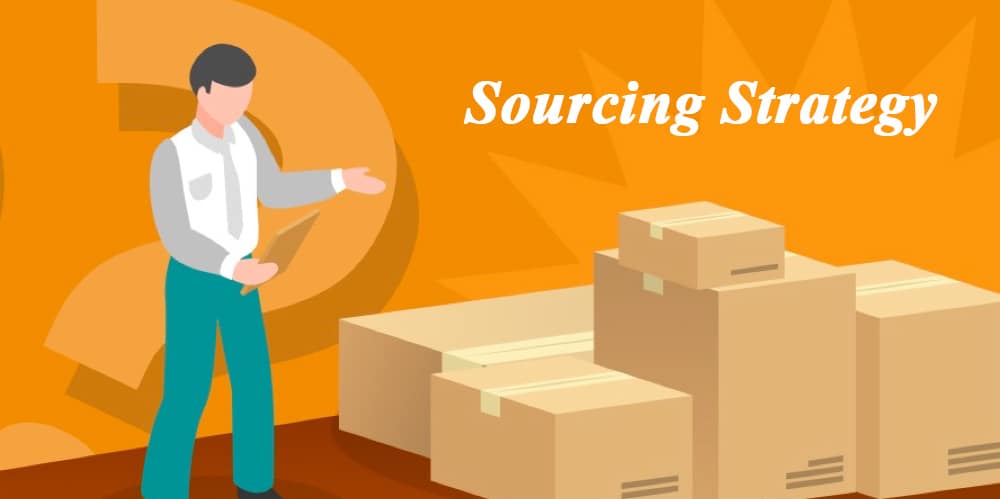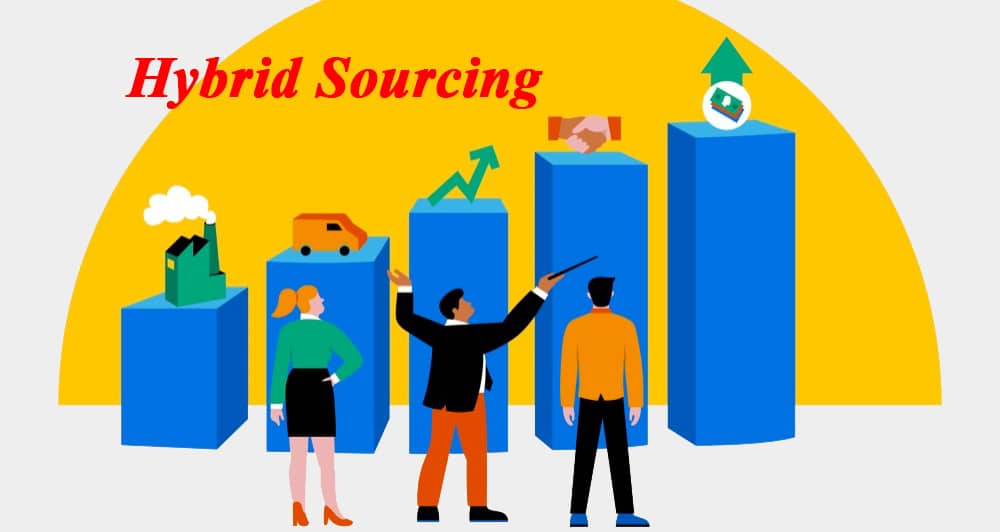
If you’re launching your first product, building a new brand, or scaling up as an e-commerce seller, the question of where to source your products can feel overwhelming—especially in 2025.
- “Should I keep it local, or look overseas?”
- Is global sourcing riskier?
- Is local always more expensive?
You’re not alone—these are the questions every business faces, and the answers are rarely simple.
At Yansourcing, we’ve helped thousands of new businesses navigate these exact decisions. We know the fears (and the opportunities) because we’ve walked this road with clients worldwide.
This guide is here to demystify the landscape, bust the biggest myths, and give you clear, practical frameworks for making the right choice for your business—right now.
Fast Fact: 2025’s supply chain landscape is more dynamic than ever: disruptions, AI-driven platforms, sustainability rules, and “hybrid” sourcing are rewriting the rules (QIMA 2025 Global Sourcing Survey).
First, Let’s Bust the Big Myths
- Myth: Global sourcing is always cheaper.
Fact: Hidden shipping, tariffs, and risk can erase price advantages—especially in 2025. - Myth: Local sourcing means fewer quality problems.
Fact: Every supplier—local or global—needs due diligence and vetting. Mistakes happen both near and far. - Myth: There’s one “right” answer for every business.
Fact: The best solution is often a blend (“hybrid sourcing”) and depends on your real priorities.
The Two Paths Explained (with Easy Analogies)

Imagine you’re shopping for fruit.
- Local sourcing: Like buying apples at your neighborhood farmer’s market—fast, personal, and you can see the quality up close. Proximity feels reassuring, but your options (and sometimes, prices) are limited.
- Global sourcing: Like browsing an online marketplace for exotic fruits—cheaper, more variety, but shipping takes longer, and you have to trust distant sellers.
Simple Definitions
- Local Sourcing: Obtaining products or services from suppliers in your own country/region.
- Global Sourcing: Purchasing from suppliers in another country—often for cost, scale, or specialized options (LeighSourcing).
Pros and Cons: A Beginner-Friendly Table
| Local Sourcing | Global Sourcing | |
|---|---|---|
| Main Benefits | Faster delivery, easy communication, better control, supports community, fewer legal hassles | Lower unit price, greater variety, higher capacity, access to unique goods |
| Main Risks/Cons | Higher costs, fewer suppliers, may lack scale or options | Long/flexible lead times, customs complexity, language/time barriers, QC harder at distance |
| Best For | Urgent orders, custom/unique needs, sensitive/regulated products | Large orders, cost-sensitive goods, innovative/new-to-country items |
2025 Note: “Hybrid sourcing”—combining both—is now common. Many startups use local for speed/safety, then scale with global suppliers as they grow (CSVnow).
The “3 Golden Criteria”: How to Decide (Your Quick Rulebook)

From our experience at Yansourcing, here’s what really matters:
1. Product Complexity & Customization Needs
- Highly custom, small-batch? Local often wins for communication and fast feedback.
- Mass-produced or simple product? Global can offer huge savings.
2. Risk Tolerance & Lead Time
- Do you need speed and predictability (e.g., for launches/seasonal sales)? Local keeps you safer.
- Comfortable planning ahead or can weather delays? Global might be for you.
3. Budget (Total Cost, Not Just Price)
- Don’t just look at the sticker price—factor in duties, shipping, risk buffer, communication costs, and compliance needs (SmallBusinessXchange).
Pro Tip: For absolute beginners, start with a simple hybrid: “Sample/test local, source bulk globally once quality and reliability are proven.”
Mini Decision Tree – Check Yourself!
Ask these questions:
- Is speed to market my top concern? → Lean local first.
- Is lowest unit cost the #1 goal, even if shipping takes time? → Consider global.
- Am I launching something new, where adjustments will be frequent? → Start local or hybrid.
- Am I ready to manage customs, logistics, and currency swings? → If not, seek guidance—don’t DIY your first global order!
Downloadable Checklist for First-Timers: Beginner’s Sourcing Self-Assessment Template PDF
Real Story: How One E-Commerce Brand Pivoted Sources (Faster Than They Expected)
Jane (not her real name), a US-based Amazon seller, came to Yansourcing in early 2023. She’d always believed global was automatically cheaper, so she placed her first order from a “highly rated” factory online.
But delays in shipping, surprise fees, and a mishap in quality control meant her launch missed the holiday season—at a painful cost.
Learning from this, Jane started mixing locally sourced backups with global batch orders—using Yansourcing to vet distant suppliers and arrange clear, reliable shipment steps. Her business not only survived but doubled by 2024, with a “local+global” system that fit every product type.
Lesson Learned: Don’t put all your eggs in one basket—or all your trust in one country. Start small, diversify, and always check everything (especially when first sourcing globally).
Top Beginner Pitfalls (And How to Dodge Them!)
1. Relying on lowest price quotes: This nearly always backfires with hidden costs or poor quality.
2. Not vetting suppliers (local or global): Check certifications, references, and samples. Services like Yansourcing can do this thoroughly—saving you mistakes you didn’t even know to watch for.
3. Underestimating customs or compliance: Don’t get caught with goods you can’t sell or delayed at the border—a sourcing agent can walk you through regs step by step.
4. Trying to “wing it” solo with global suppliers: Even tech-savvy beginners trip up managing time zones, language, and payment security. Use experienced partners (or at least, start small and expect mistakes!).
What’s Different in 2025: New Sourcing Realities

- AI Supplier Matching: Algorithms now shortlist best-fit suppliers and flag risk. Yansourcing uses these tools to help beginners avoid “bad fits” fast (Supplyia).
- Sustainability/ESG: Eco-conscious buyers must check supplier ESG ratings, even overseas. It’s not optional for most markets.
- Hybrid Sourcing: Increasingly, success means blending reliable local + cost-efficient global, not choosing either/or.
- Green Logistics: Environmental fees, recycled packaging, and shorter shipping routes all impact the final cost—and brand reputation.
Empowering Fact: Nearly 70% of SME brands in 2025 use at least some overseas supply, but nearly all successful ones build in local “backup” or emergency plans (QIMA).
Yansourcing Tip: Let Experts Walk with You from First Step to Success
If you’re feeling uncertain, you don’t have to go it alone. Yansourcing has spent over a decade guiding clients—just like you—through:
- Supplier vetting and verification (in China and globally)
- Safe payment and contract set-up
- Quality inspection (before and after shipment)
- Production follow-up and rapid logistics
- Private label and custom branding support
- Full-service hybrid strategies—combining the best of local and global
Not sure where to begin or which model fits you? Contact Yansourcing for a free sourcing starter consult (contact page currently unavailable)—no obligation, just real help from agents who speak your language and know your market!
Final Words: The Best Sourcing Journey Starts With an Informed First Step
No guide—no matter how practical—can predict exactly what will work for your unique idea and roadmap. But if you:
- Focus on total cost and real risks 🤔
- Diversify where possible, even early on
- Ask for help when stuck
- And continually learn from each step
…you’re far more likely to find sourcing success in 2025 and beyond. We’re here whenever you need a hand—wishing you smooth launches and smart supply decisions!
P.S. Want a friendly expert on your side with your sourcing experiment? Book a free consult with Yansourcing now! Your future business will thank you.
